Tucked away in the breathtaking Sacred Valley of Peru, Potato Park is a unique community-based tourism initiative that’s captivating travelers seeking a deeper connection to the land and its people. This vibrant project emphasizes the conservation of local agricultural biodiversity and cultural heritage, offering visitors an immersive experience that goes beyond the typical tourist trail. From tasting diverse potato varieties to exploring the region’s stunning Andean landscapes, the Potato Park experience provides a window into the traditional practices and resilient ecosystems that sustain this remarkable community. For those intrigued by the intersection of sustainable agriculture, cultural preservation, and responsible tourism, the Potato Park story is one worth delving into.
Key Points
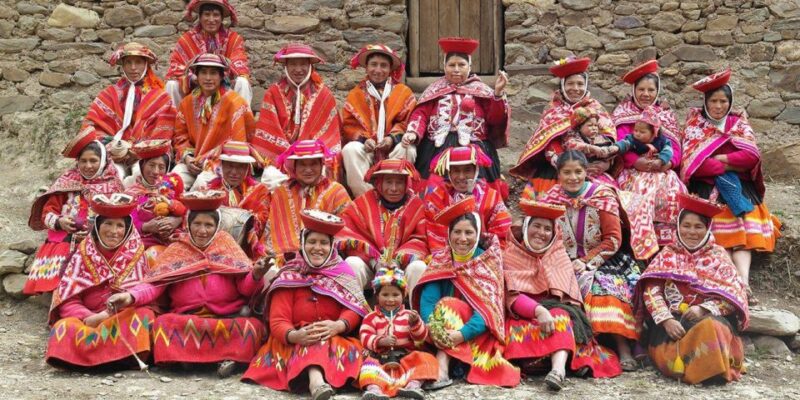
- Potato Park is a community-based tourism initiative in the Sacred Valley of Peru, recognized as an Aboriginal Biocultural Heritage Area.
- The focus of Potato Park is on the conservation of local agricultural biodiversity, with a strong emphasis on cultural heritage and traditional agricultural practices.
- The 7-hour immersive tour includes a visit to the Paru paru community, tasting of local potato varieties, and a discussion on community climate change adaptation.
- The tour features a scenic nature walk through the Kinsa Qocha area and a hearty lunch showcasing the gastronomic heritage of the region.
- Respect for community guidelines and preparation for the outdoor experience are essential for a successful visit to Potato Park.
Overview of Potato Park
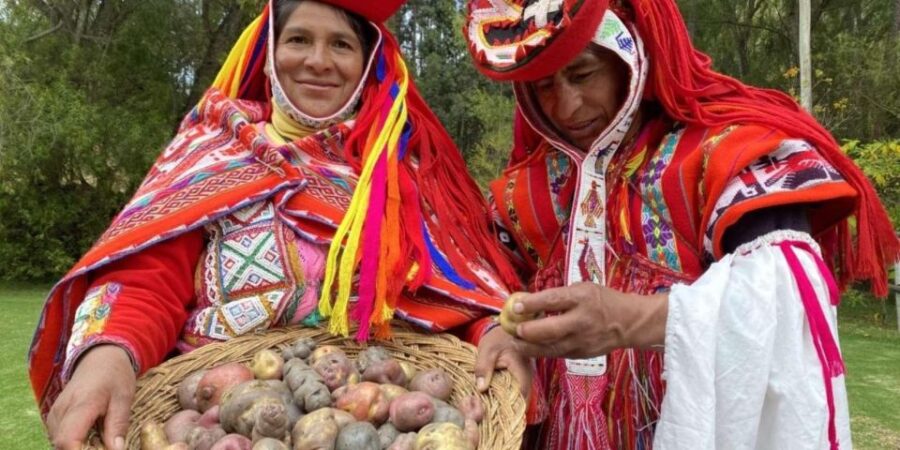
Potato Park is a community-based tourism initiative located in the Sacred Valley, Peru, which has been recognized as an Aboriginal Biocultural Heritage Area.
The initiative focuses on the conservation of local agricultural biodiversity. Visitors to Potato Park can experience the scenic beauty of the Andean mountains and Kinsaqocha Lagoon.
The park aims to showcase the rich cultural heritage and traditional agricultural practices of the local communities, as well as the efforts to adapt to climate change through the preservation of diverse potato varieties.
You can also read our reviews of more tours and experiences in Cusco.
Tour Details and Pricing
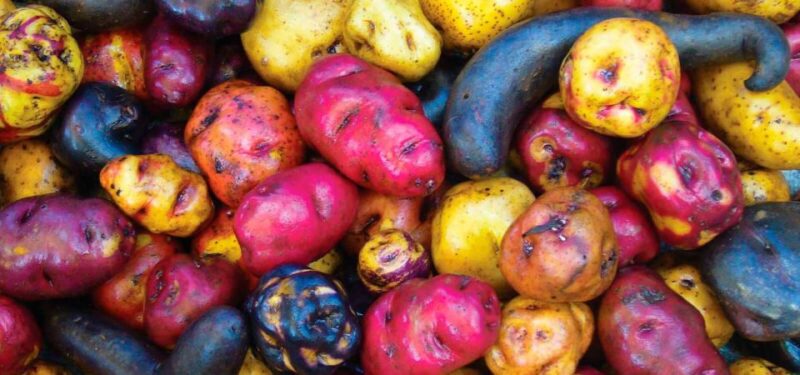
Priced from Kč2,702 per person, the Potato Park tour offers a 7-hour immersive experience, catering to a maximum group size of 15 participants.
The tour includes a hotel pickup in Pisac, a visit to the Paru paru community, and an interpretation of the Potato Park and its local potato varieties.
Guests can enjoy a tasting of potatoes from the Women’s Culinary Art Collective Qachum Waqachi and a discussion on local potatoes and climate change adaptation.
The tour also features a short walk through Kinsa Qocha and a lunch featuring local potatoes and aromatic plants in the Chawaytire community.
The tour is conducted with a live Spanish-speaking guide and includes transportation, lunch, and a snack.
Itinerary Highlights
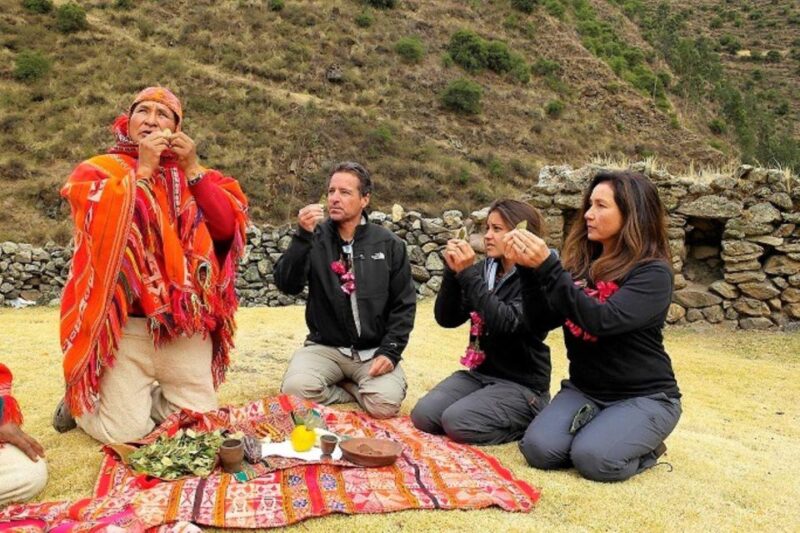
Commencing at 8:30 a.m., the tour kicks off with a hotel pickup in Pisac, ushering guests into the heart of the Potato Park. The first stop is the Paru paru community, where visitors receive a warm welcome and learn about the Potato Park’s mission to conserve local agricultural biodiversity. Next, they’ll savor a tasting of local potatoes from the Women’s Culinary Art Collective Qachum Waqachi and discuss how the community adapts to climate change. After a short walk through Kinsa Qocha to observe the local flora and fauna, guests enjoy a lunch featuring potatoes and aromatic plants in the Chawaytire community.
| Itinerary Highlights |
|---|
| Hotel pickup in Pisac |
| Visit to Paru paru community |
| Tasting of local potatoes |
| Discussion on climate change adaptation |
| Short walk through Kinsa Qocha |
| Lunch in Chawaytire community |
Welcome and Interpretation
Visitors to the Potato Park are greeted with a warm welcome by the Paru paru community, who share their passion for the region’s agricultural biodiversity.
The tour guide provides an interpretation of the Potato Park, highlighting its significance as an Aboriginal Biocultural Heritage Area that focuses on conserving local potato varieties.
Guests learn about the different potato cultivars and their importance in the Andean food system.
The experience offers a unique opportunity to engage with the local community and gain a deeper understanding of their efforts to adapt to climate change through traditional agricultural practices.
More Great Thing To Do NearbyPotato Tasting and Discussion
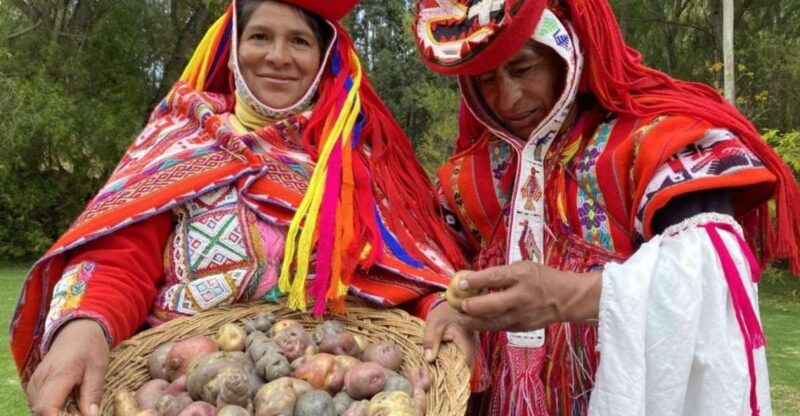
As part of the Potato Park experience, visitors are treated to a tasting of local potato varieties cultivated by the Women’s Culinary Art Collective Qachum Waqachi.
The tasting allows guests to sample the diverse range of potatoes grown in the region, each with its unique flavor, texture, and color.
During the tasting, the tour guide provides insights into the importance of these local potato varieties and how they’re adapted to the region’s challenging climate.
Visitors also engage in a discussion on the role of these potatoes in the community’s climate change adaptation strategies, learning about the farmers’ innovative approaches to sustainable agriculture.
Scenic Nature Walk
After exploring the diverse potato varieties and learning about the community’s climate change adaptation strategies, visitors are invited to embark on a scenic nature walk through the Kinsa Qocha area.
This serene lake and its surrounding wetlands offer a glimpse into the rich flora and fauna of the Andean region. Along the short trail, guests can observe a variety of native plants and, with luck, spot some of the local wildlife like birds and small mammals.
The tranquil setting provides a peaceful contrast to the earlier discussions, allowing visitors to fully enjoy the natural beauty of the Potato Park.
Lunch in Chawaytire
Following the scenic nature walk, the tour participants make their way to the Chawaytire community, where a hearty lunch featuring local potatoes and aromatic plants awaits them.
They’re treated to a gastronomic experience that showcases the region’s culinary heritage. The meal includes:
- Roasted potatoes seasoned with native herbs
- A potato-based stew simmered with local vegetables
- A refreshing salad made with edible flowers and greens
This lunch not only nourishes the body but also the mind, as participants learn about the importance of traditional agriculture and the role it plays in the lives of the Potato Park communities.
Important Considerations
Careful consideration is required when booking a visit to the Potato Park.
It’s important to ensure participants are in good health, as the tour may not be suitable for those with pre-existing medical conditions or recent surgeries.
Plus, the park has strict rules prohibiting smoking, alcohol, and drugs.
Visitors should come prepared with the necessary items, including a passport or ID, sunglasses, sun hat, camera, sunscreen, water, and cash.
Ultimately, the Potato Park offers a unique opportunity to take in the local culture and conservation efforts, but it’s essential to respect the community’s guidelines for a successful and enjoyable experience.
Frequently Asked Questions
How Accessible Is the Potato Park for Individuals With Disabilities?
The accessibility of Potato Park for individuals with disabilities is not explicitly mentioned. It’s recommended to inquire about specific accommodations when booking the tour, as the terrain and activities may present challenges for those with mobility or other impairments.
Are There Any Specific Dietary Requirements That Can Be Accommodated?
The tour can accommodate various dietary requirements, such as vegetarian, vegan, or gluten-free options. Guests should inform the organizers of any special dietary needs when booking to ensure their needs are met during the included lunch.
What Is the Best Time of Year to Visit the Potato Park?
The best time to visit Potato Park is during the growing season, typically between September and May, when visitors can see the vibrant potato crops and participate in agricultural activities. Weather is generally mild and dry during this period.
Can I Extend My Stay and Explore the Surrounding Areas on My Own?
Sure, you can extend your stay and explore the surrounding areas on your own. The Potato Park tour is a one-day experience, so you’ll have plenty of time to further discover the Sacred Valley at your own pace.
Are There Any Safety Precautions I Should Be Aware of While Hiking in the Potato Park?
When hiking in Potato Park, it’s important to be aware of the terrain and weather conditions. Visitors should wear proper footwear, bring sufficient water, and exercise caution around steep slopes. Guides can provide additional safety tips to ensure an enjoyable and safe experience.
Recap
Potato Park offers a captivating community-based tourism experience that celebrates the region’s agricultural biodiversity and cultural heritage. Visitors can enjoy traditional practices, sample diverse potato varieties, and explore stunning Andean landscapes. This unique initiative not only promotes sustainable agriculture but also fosters a deeper understanding of local ecosystems and the community’s efforts to adapt to climate change.
You can check if your dates are available here:More Tour Reviews in Cusco
- From Cusco: Uros Excursion to Uros Island – Taquile + Lunch.
- Adventure 13D in Peru and Bolivia – Machu Picchu |Hotel☆☆☆☆|
- Cusco, Sacred Valley, Machupicchu, Rainbow Mountain in 6 Day
- From Cusco: Ausangate Trek + Rainbow Mountain 6d/5n
- From Cusco: Machu Picchu Fantastic 4D/3N + Hotel ☆☆
- The New Inca Routes
Not for you? Here's more things to do in Cusco we have recnetly reviewed
- 2 Best Canoe And Kayak Experiences In Cusco
- 2 Best Tours In Paucartambo
- 20 Best 2 Day Tours In Cusco
- 20 Best 3 Day Tours In Cusco
- 20 Best 4 Day Tours In Cusco
- 9 Best Dining Experiences In Cusco
- 20 Best Full-Day Tours In Cusco
- 4 Best Coffee Tours And Tastings In Cusco
- 9 Best Massage And Relaxation Services In Cusco
- 8 Best Dinner Tours In Cusco
- 25 Best Lunch Experiences In Cusco
- 19 Best Food Tours In Cusco
